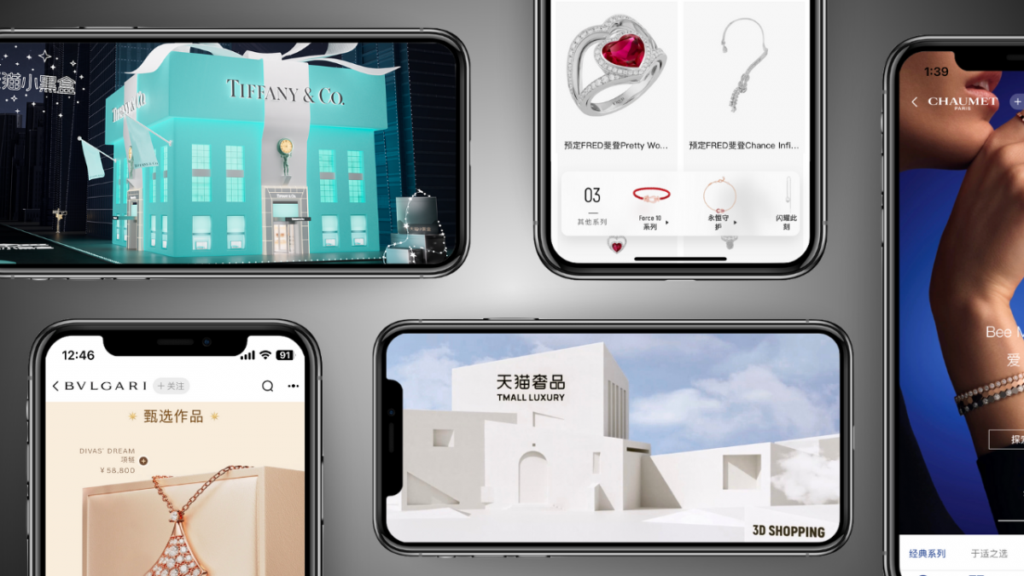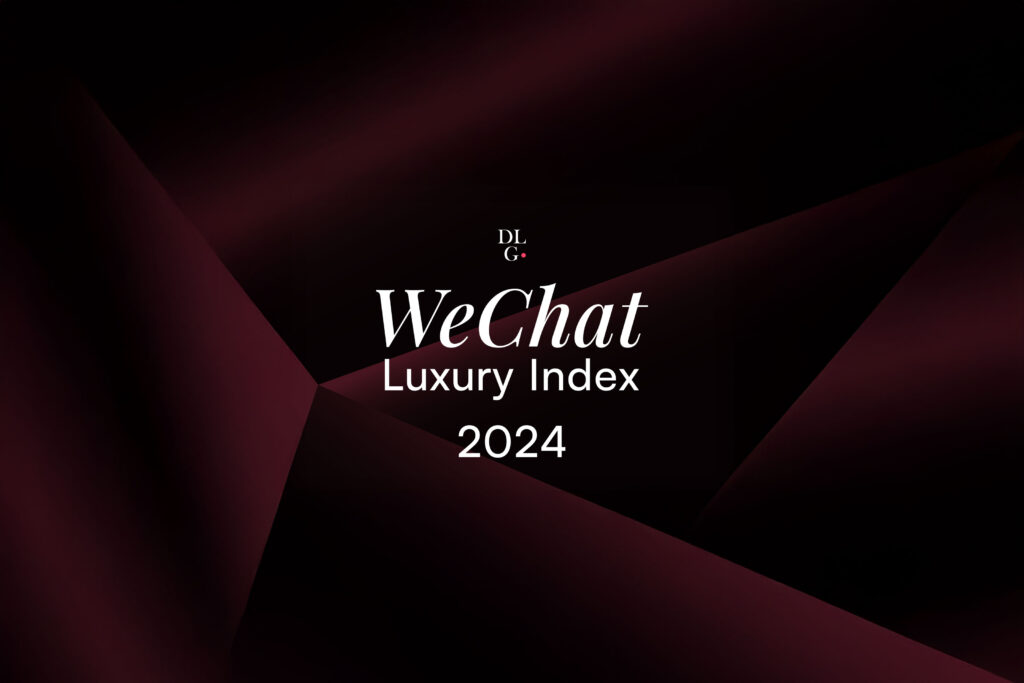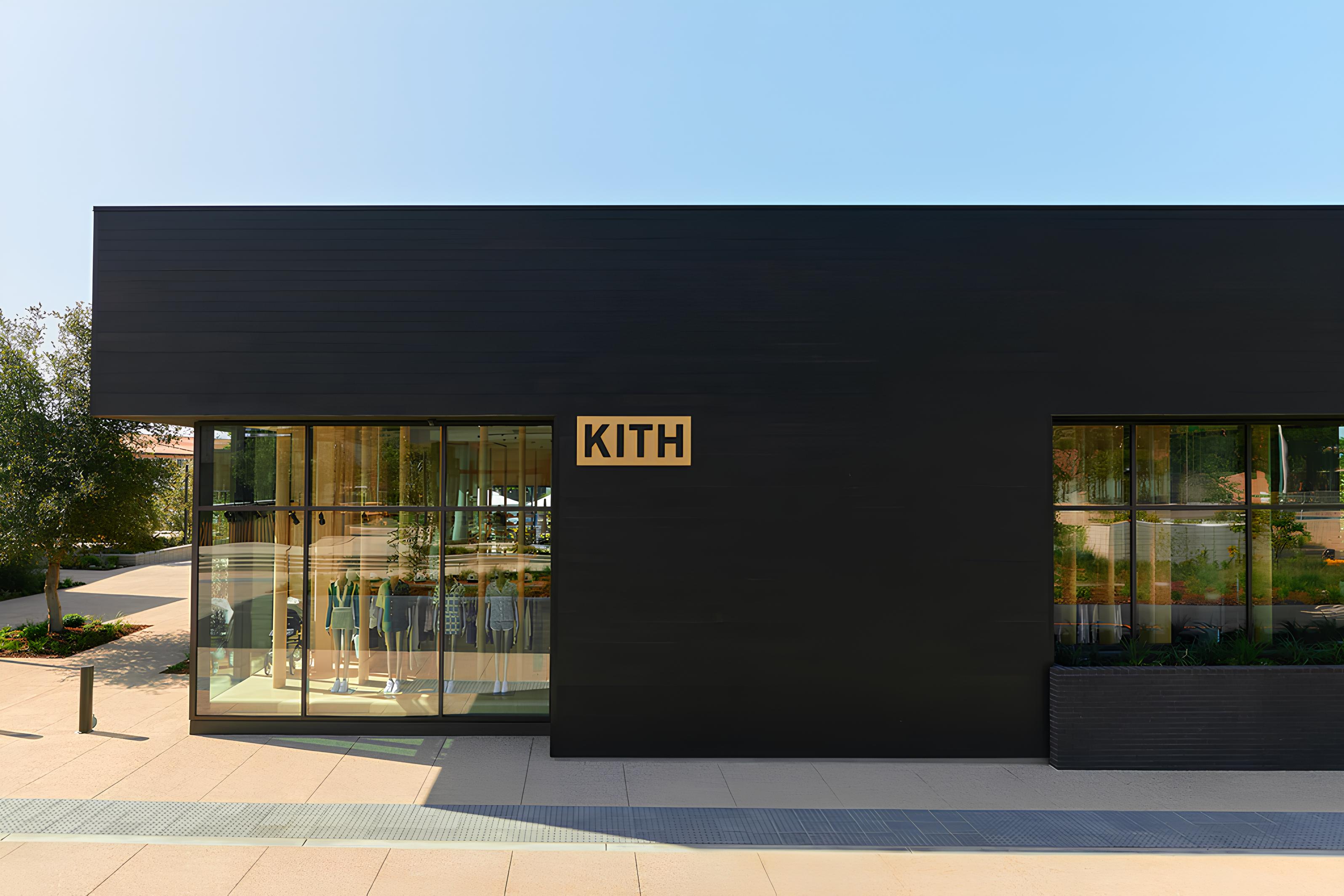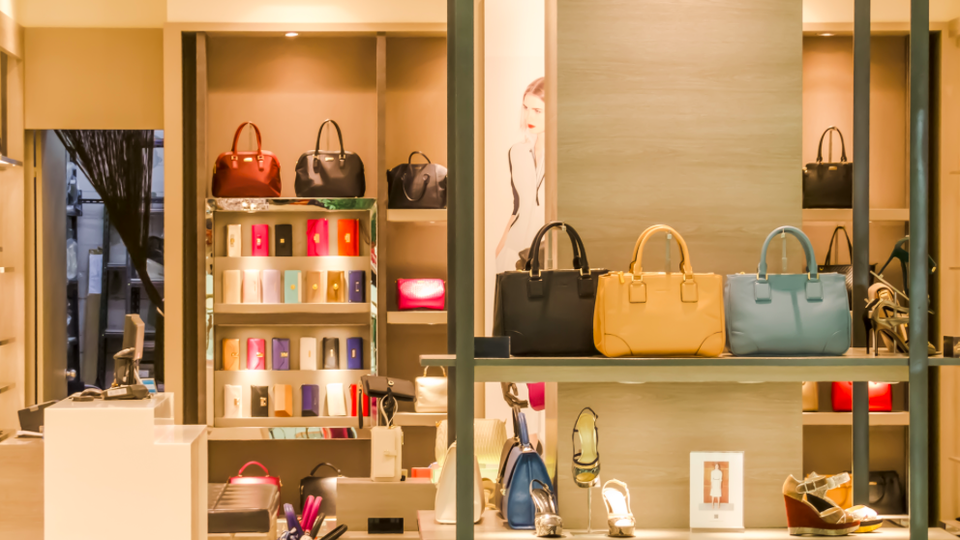After years of caution, China’s luxury market is reawakening. The new playbook adopted by leading brands shows that China’s influence on the world’s top maisons is no longer cyclical – it is systemic, redefining what relevance means in a multipolar luxury world.
This autumn marked the most significant season in fashion since the industry’s recent seismic wave of creative reshuffles. The debut collections from some of the most renowned maisons – Chanel, Dior, and Balenciaga among them – arrived amid a surprisingly upbeat earnings season. It seems the luxury world might finally be waking up from its “hangover.”
In mid-October 2025, after LVMH reported a 1% rise in quarterly sales – ahead of analyst expectations – the group’s shares jumped 14%, their largest single-day gain since September 2001. The surge reflected investors’ relief that a bellwether for the sector had returned to growth, helped in particular by improving demand in mainland China. Following suit, Hermès, Kering, and Prada all showed optimistic signals, sending luxury conglomerate stocks notably higher.
A key driver of this renewed confidence has been the stabilisation of the Chinese market, which had entered a downward spiral following its astronomical pandemic-era boom, weighed down further by a murky economic outlook and increasingly cautious consumers.
But things appear to be shifting. LVMH’s Chief Financial Officer, Cécile Cabanis, announced during the group’s earnings call that growth in mainland China had turned positive. “It’s true that we’ve seen a very steep improvement for Vuitton,” Cabanis said. “Beyond that, all our other businesses in China have also progressed.” Hermès likewise cited “strong growth in Greater China”, while Kering – lagging somewhat behind its peers – reported a slower rate of decline across Asia-Pacific, led by mainland China, Hong Kong, Macau, and South Korea.
However, this rebound is far from a simple bounce-back. The drivers of luxury spending in China are shifting fundamentally, shaped by evolving consumer psychology, brand strategies, and global dynamics.
Luxury: Elsewhere or Here to Stay?
Since the pandemic, Chinese luxury consumption has yet to return to its 2019 peak, when it accounted for roughly one-third of global luxury spending. This reality has two key implications.
First, consumer confidence remains subdued, with the middle class and younger generations showing weaker appetite for discretionary purchases. Second, the once-dominant overseas spending, which made up nearly two-thirds of total Chinese luxury consumption, has lost much of its pull. The experience gap between shopping abroad and at home has narrowed considerably. For the high-end consumer less sensitive to price, queueing outside boutiques in Ginza or on the Champs-Élysées is no longer the most desirable option.
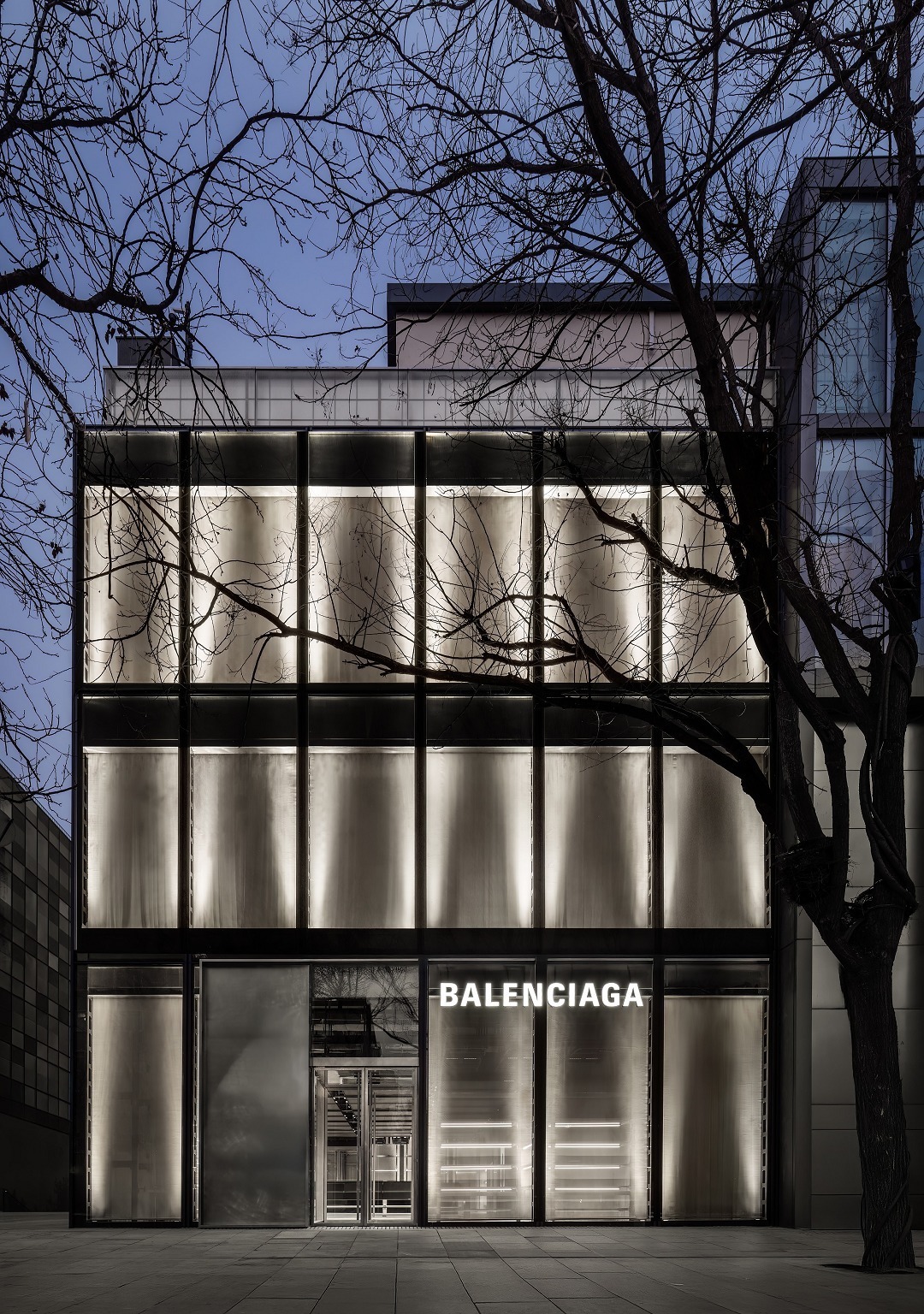
Credit: Courtesy of Balenciaga
This trend was confirmed by Eric du Halgouët, Hermès’ Executive Vice President of Finance, who, when asked whether high-net-worth Chinese clients were driving overseas growth, responded: “For our Chinese client base outside of Greater China, we haven’t seen any particular acceleration among wealthy individuals.”
For these Very Important Clients spending millions locally comes with a key advantage: guaranteed instant access to the items they desire. This privilege is often unavailable abroad due to data silos across regions. Some of the most prestigious luxury houses prioritise their top local clients, directing services and inventory to domestic markets.
Meanwhile, for the middle class, the traditional arbitrage of shopping abroad has diminished. In 2019, Chinese consumers could expect to save at least 30% on luxury handbags purchased overseas thanks to price differentials and tax rebates. Today, price differentials have narrowed materially. For many headline bags, the gap between Chinese and European or Japanese prices has moved into the low-double-digit or even single-digit range, following a series of global price adjustments and harmonisation efforts.
More importantly, Chinese travellers’ habits are evolving. According to a recent UBS Equities analysis, Chinese outbound tourism spending is projected to grow at a 7.6% CAGR between 2025 and 2040, potentially accounting for a quarter of global outbound tourism by 2040. However, the share of spending allocated to shopping is expected to decline from 44% in 2019 to just 20%, with a greater proportion redirected to accommodation, dining, and entertainment.
Reverse Localisation
The sustained expansion of China’s domestic luxury market is becoming an irreversible trend, and brands hoping to maintain relevance must continue to invest heavily.
Localisation has always been key to unlocking regional markets. In the 1980s and 1990s, when Japan’s luxury market dominated, global brands made significant efforts to show cultural respect and local engagement. Louis Vuitton opened its first store in Asia in Ginza; Cartier staged its L’Art de Cartier exhibition at the Tokyo Metropolitan Teien Art Museum; and houses like Lanvin and Burberry even launched Japan-exclusive lines.
Having learned from Japan’s early localisation playbook, houses now apply those lessons to China – but in an inverted form: exporting China-inspired content globally.
For two decades, luxury brands celebrated major Chinese festivals with limited-edition products and capsule collections inspired by local culture. As these tactics became formulaic, however, increasingly sophisticated consumers began to lose interest. Savvier brands are now shifting their approach: successful localisation today no longer means selling Chinese culture to Chinese consumers, but leveraging China-originated creativity and concepts for a global audience.
In August, Louis Vuitton unveiled L’Âme du Voyage, a global campaign shot by photographer Alec Soth, spotlighting China’s most stunning travel destinations: Guilin, Datong, and Zhangjiajie. This overarching theme tied seamlessly into the maison’s enduring spirit of travel. A month later, Louis Vuitton chose Chengdu, one of China’s most dynamic luxury hubs, to debut its Journey to China fragrance line – inspired by oriental notes and presented in bottles reminiscent of traditional Chinese snuff bottles.

Credit: Courtesy of Louis Vuitton
Unlike earlier localisation gimmicks, these initiatives reinterpret China’s significance for Louis Vuitton not through isolated regional campaigns, but through global storytelling. The same narratives are being rolled out in London, Seoul, Budapest, and beyond. Other players, including Loewe and Loro Piana, are similarly integrating Chinese elements into their global moves – a process best described as “reverse localisation.”
Such moves undoubtedly boost brand affinity within China. But unlike traditional marketing initiatives, this strategy demands close coordination between global headquarters and regional teams, encouraging departments to explore how local culture can inform the brand’s global vision. Sometimes, this even means letting concepts developed in China shape global initiatives. Complex as it may be, this approach is likely to determine the future lifeline of luxury brands in China.
Creative Shifts and China’s Amplifier Effect
The next few years in China’s luxury market will be shaped as much by consumer behaviour as by the carousel of creative director appointments across global maisons. While this phenomenon is not unique to China, the country’s fashion-savvy, hyper-connected audience often amplifies the impact of these changes, turning local responses into global signals.
Labels highlighted by micro-trends, such as Brunello Cucinelli and Miu Miu, have maintained robust growth, with sales in China at times even outpacing their global averages, while other brands struggled. On 6 November, Ralph Lauren reported fiscal Q2 2026 results showing 17% year-on-year global revenue growth, while China surged 30%, leading the group’s performance. President and CEO Patrice Louvet noted: “Our greatest awareness opportunity remains in China, where, based on our latest numbers, slightly more than half of the population is aware of the Ralph Lauren brand.”
Ralph Lauren’s revival can be attributed partly to the Ivy League and “barn fit” workwear aesthetics that have gone viral on RedNote and Douyin, where user-generated content (UGC) forms a major share of platform conversations and amplifies the brand’s voice.
This illustrates that Chinese consumers are not merely keeping pace with global tastes – they are actively shaping them. A “core” emerging from Berlin might appear on Douyin within a week, while a styling trend originating on RedNote could quickly find its way to TikTok. This cultural feedback loop is testing brands’ creative agility, and accelerating the polarisation of performance across the sector.
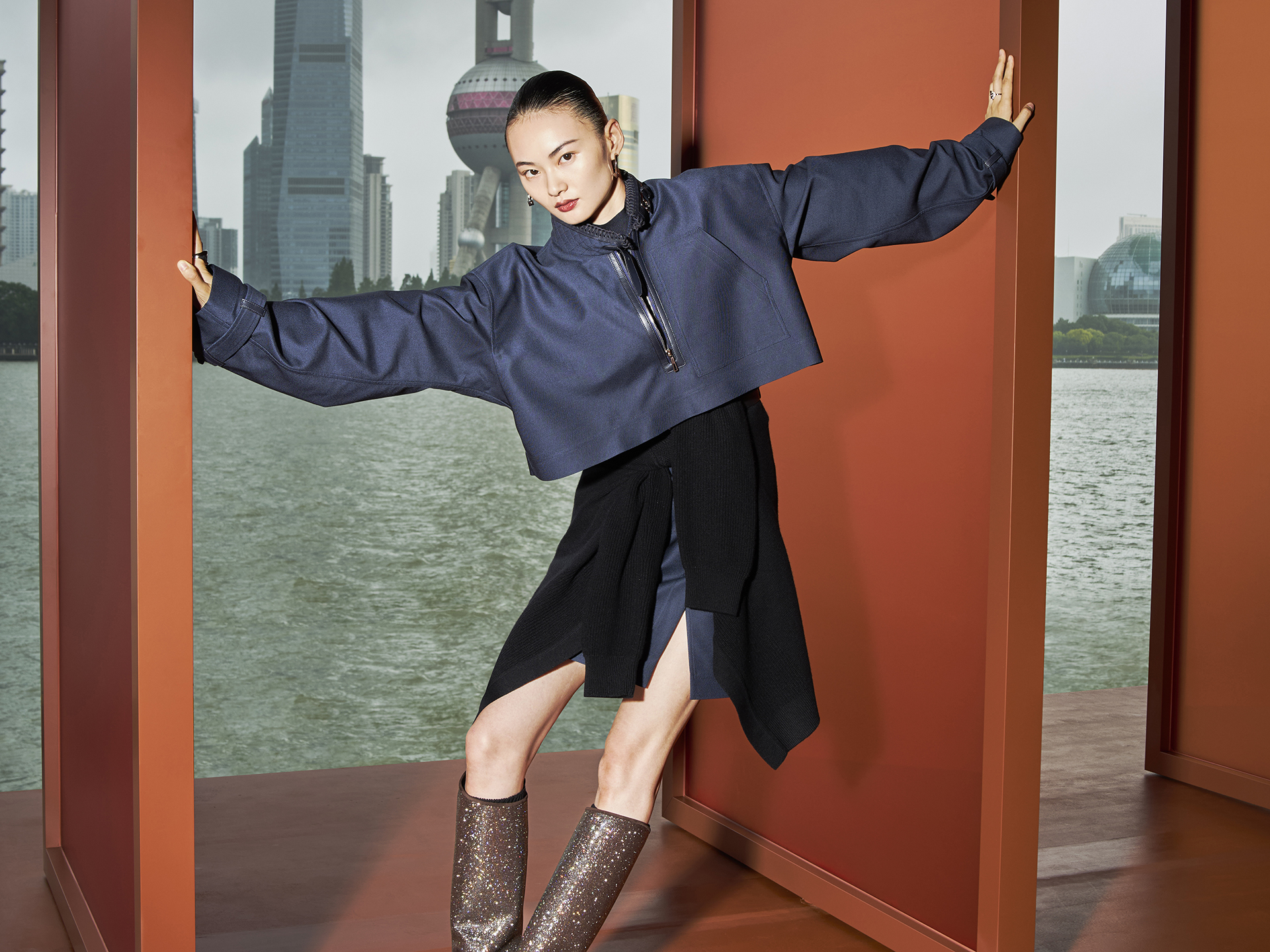
Credit: Courtesy of Hermès
Top maisons have long recognised China’s central role in the global fashion conversation. Chanel, Hermès, and Dior have staged spectacular runway shows in Chinese cities – not simply as marketing events, but as invitations for Chinese audiences, whether in person or online, to participate in the wider dialogue of global fashion.
China’s luxury market is no longer an isolated growth engine nor a simple barometer of recovery. It has become a testing ground for how global brands manage complexity.
As growth stabilises and consumers redefine what luxury means, success in China will hinge less on timing the rebound and more on decoding the interplay between heritage and modernity, global desire and local pride. For the world’s leading maisons, the Chinese market is no longer just a destination – it is a dialogue still in progress.
Cover image credit: Courtesy of Louis Vuitton


